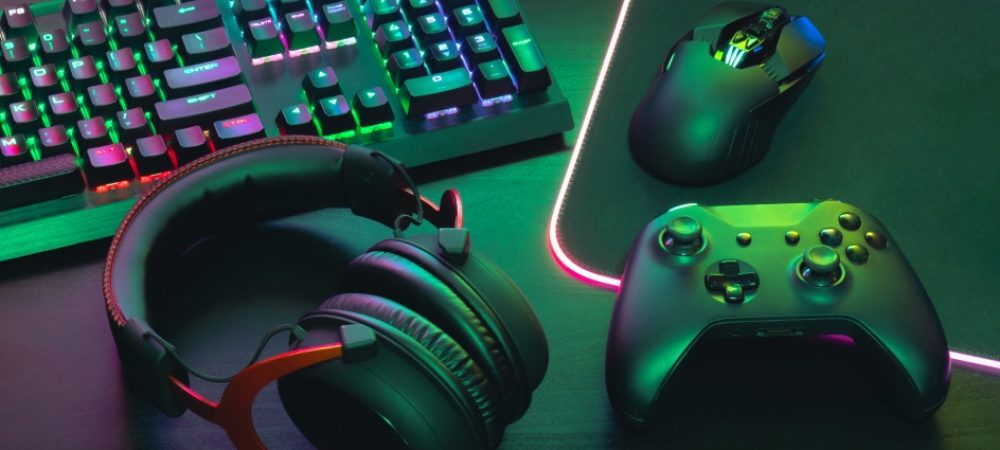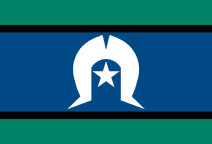It’s no secret that online gaming is a major pastime for young people in Australia. Benefits can include reducing stress as well as practice in decision-making and resilience. Parents will not be surprised to hear that 33% of children spend more than six hours online per week, and of that 60% play multiplayer games online. However, just like in the real world, children are still vulnerable to certain issues, such as bullying.
According to the Office of the eSafety Commissioner cyberbullying affects more than 200,000 young people in Australia. Here are some simple steps young people can take if they face harassment, while playing their favourite games:
- Turn off the chat function. Both audio and text chat functions are often optional. If your child is getting unwanted comments, encourage them to remove themselves from the chat.
- Take a break from the game. There are many other games to try (not to mention homework assignments to be done!)
- Report the bullying to game moderators. That’s what moderators are for. Many online games have a code of conduct and an anonymous reporting system.
- Only play with people you know in real life. Is the harassment coming from strangers? Encourage your child to stick to playing with people they know in real-life.
- Report the bullying to the eSafety Commission. Did you know that the eSafety Commission has a whole team dedicated to removing cyberbullying content? Read more on their website.
How to get the conversation going
It’s important to talk to your children about e-safety, however teenagers are not exactly renowned for their chattiness! If the message doesn’t seem to be getting through, try walking a mile in their shoes…
- Learn more about their game. Most games will have ‘walkthroughs’ posted online. These are videos where you watch another player play the game in order to get tips. These are often available free on YouTube and can help you understand the mechanics of the game, and why your child enjoys it.
- Try it yourself! Give it a go and involve your child. Ask for their advice on character creation and strategy.
- Co-design online rules. According to eSafety Commissioner, children are more likely to follow rules, if they had a hand in devising them. Negotiate with your child when, and how much time, they can spend gaming. This could be based on the time it takes to clear a level, or when their friends play. Consider school/life balance, and mutually agree on planned family and homework times, when the game is turned off.
Resources for teachers
Screen Name
This performance incursion for upper primary students is set in the world of online gaming. It encourages students to analyse the potential risks of talking to strangers online, and the dangers of revealing personal information. This incursion is FREE to WA schools. Click here to learn more.
Isolation
This interactive theatre workshop for secondary students examines bullying and cyberbullying. Students collaborate with the actors to problem-solve and devise their own strategies to these challenging issues. This incursion is FREE to WA schools.
Sources:
Office of the eSafety Commssioner: Youth and online gaming
Office of the eSafety Commissioner: Online gaming information for parents and carers








